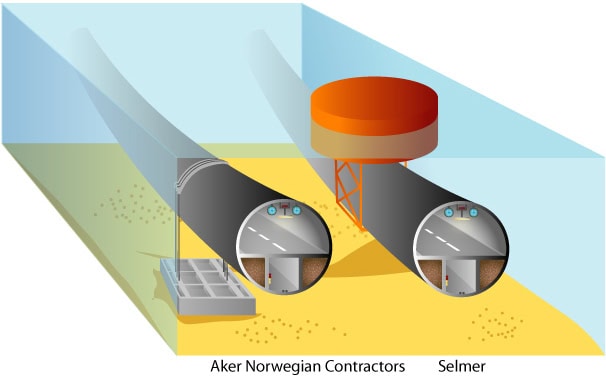SAN FRANCISCO – Far away in West Antarctica floats an 80-mile-long chunk of ice the size of Florida, called the Thwaites Glacier. It’s also known as the “doomsday glacier,” because if it were to collapse, it could bring about a catastrophic domino effect that could raise sea levels by 10 feet or more.
Now, new research has shown that this doomsday glacier could be teetering on the edge as our planet warms relentlessly. Some analysts believe we may still have hundreds to thousands of years before the Thwaites’ complete demise, but others predict it could be as near as 5 years.
In two papers published in Nature journal on Wednesday, scientists report that warm water has been creeping into the glacier’s cracks and crevices, weakening its structural integrity as the glacier thins, and threatening its position as a natural dam between the ocean and the Thwaites’ formidable neighboring swaths of ice. If the Thwaites were to disintegrate, scientists estimate it could raise sea levels by more than two feet—enough to submerge parts of coastal cities worldwide, from Tokyo to Dubai to Miami.
But if ice surrounding the Thwaites were to fall as well, in a sort of domino effect, it could raise sea levels by another devastating 10 feet.
To read more, click on Fast Company







